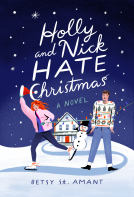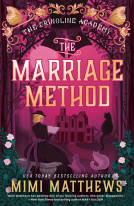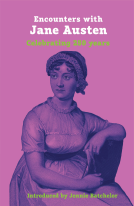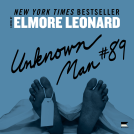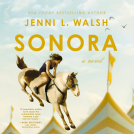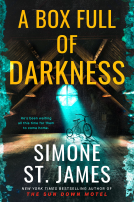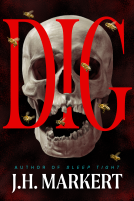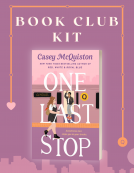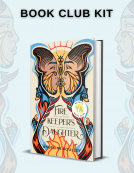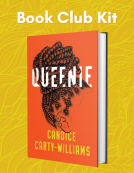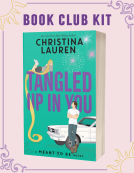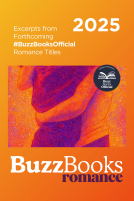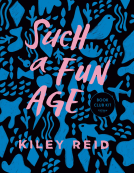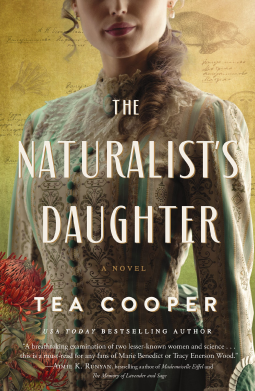
The Naturalist's Daughter
A Novel
by Tea Cooper
This title was previously available on NetGalley and is now archived.
Send NetGalley books directly to your Kindle or Kindle app
1
To read on a Kindle or Kindle app, please add kindle@netgalley.com as an approved email address to receive files in your Amazon account. Click here for step-by-step instructions.
2
Also find your Kindle email address within your Amazon account, and enter it here.
Pub Date Aug 20 2024 | Archive Date Sep 20 2024
HarperCollins Focus | Thomas Nelson
Talking about this book? Use #TheNaturalistsDaughter #NetGalley. More hashtag tips!
Description
Two fearless women--living a century apart--find themselves entangled in the mystery surrounding the biggest scientific controversy of the nineteenth century: the classification of the platypus.
1808 Agnes Banks, NSW
Rose Winton wants nothing more than to work with her father, eminent naturalist Charles Winton, on his groundbreaking study of the platypus. Not only does she love him with all her heart but the discoveries they have made could turn the scientific world on its head. When Charles is unable to make the long sea journey to present his findings to the prestigious Royal Society in England, Rose must venture forth in his stead. What she discovers will forever alter the course of scientific history.
1908 Sydney, NSW
Tamsin Alleyn has been given a mission: travel to the Hunter Valley and retrieve an old sketchbook of debatable value, gifted to the Public Library by a recluse. But when she gets there, she finds there is more to the book than meets the eye, and more than one interested party. Shaw Everdene, a young antiquarian bookseller and lawyer, seems to have his own agenda when it comes to the book. Determined to uncover the book's true origin, Tamsin agrees to join forces with him.
The deeper they delve, the more intricate the mystery of the book's authorship becomes. As the lives of two women a century apart converge, discoveries emerge from the past with far-reaching consequences in this riveting tale of courage and discovery.
Available Editions
| EDITION | Other Format |
| ISBN | 9781400344710 |
| PRICE | $18.99 (USD) |
| PAGES | 368 |
Available on NetGalley
Average rating from 78 members
Readers who liked this book also liked:
Jennie Batchelor, Julia Quinn, Natalie Jenner, Charlie Lovett, Talulah Riley, Janet Todd et al
Essays & Collections, Novellas & Short Stories, Women's Fiction
We Are Bookish
Mystery & Thrillers, OwnVoices, Teens & YA
We Are Bookish
Literary Fiction, Multicultural Interest, Women's Fiction
We Are Bookish
General Fiction (Adult), New Adult, Romance
Publishers Lunch
General Fiction (Adult), Nonfiction (Adult), Teens & YA
